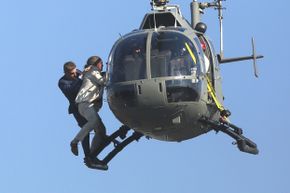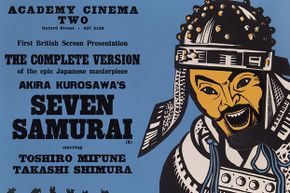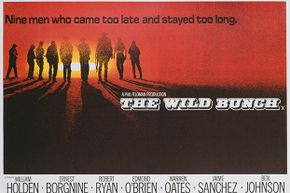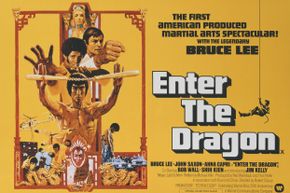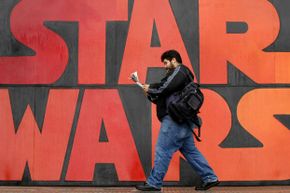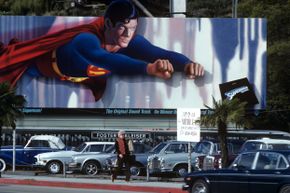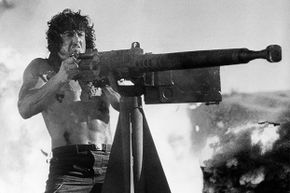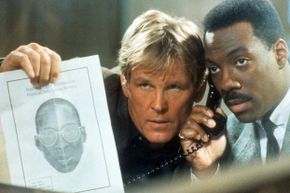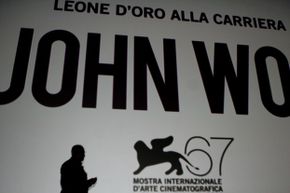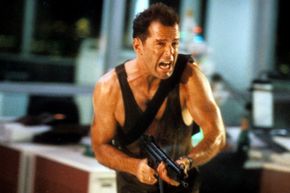Explosions! Car chases! Shootouts! Sword fights! Action films burst from the screen with stunts and pyrotechnics. As with any other genre, action films have evolved over the decades. Some movies completely reinvented what's possible in cinematic action, while certain directors revolutionized the concept of on-screen action so vividly they were imitated for years.
Before we can talk about action films, we need to define what one is. Some movies explicitly label themselves action movies; that is, action is the center of attention, with the plot often stringing together exciting set pieces. But lots of films that we don't consider "action movies" include action. Often some other aspect of the movie is more prominent than the action, or the movie falls into another, more easily recognized genre. "The Matrix," "Terminator 2: Judgment Day" and "Star Wars" obviously belong in science fiction, but they're loaded with spectacular action. Ditto for war movies and sports movies.
Advertisement
So instead of looking at action movies as a genre, we're going to focus on the idea of action in films. Which movies showed action in new ways? Which ones used action so successfully they changed our perception of film action? It doesn't matter if the movie was science fiction, a Western or a flat-out, no-holds-barred action movie. We think these are the ones that changed everything. Here we go, in chronological order.
